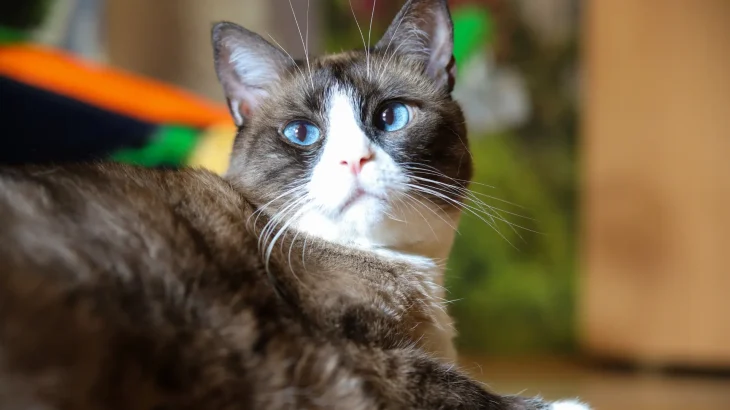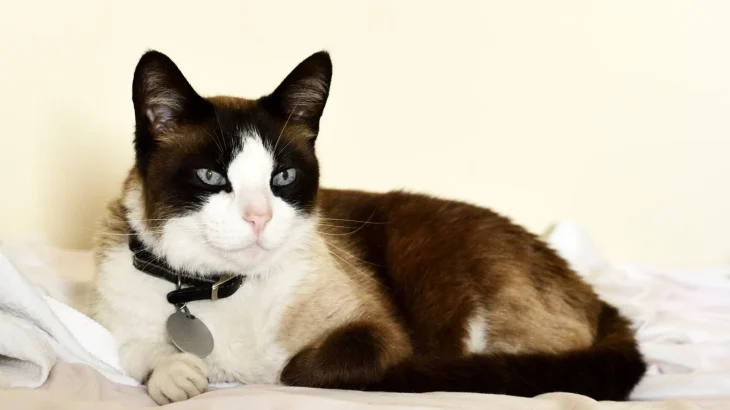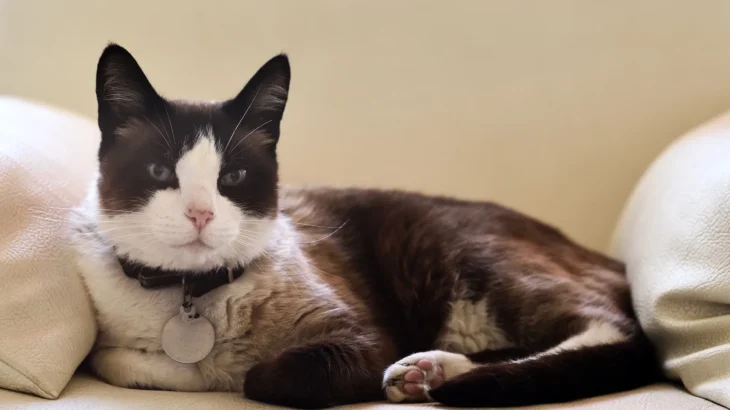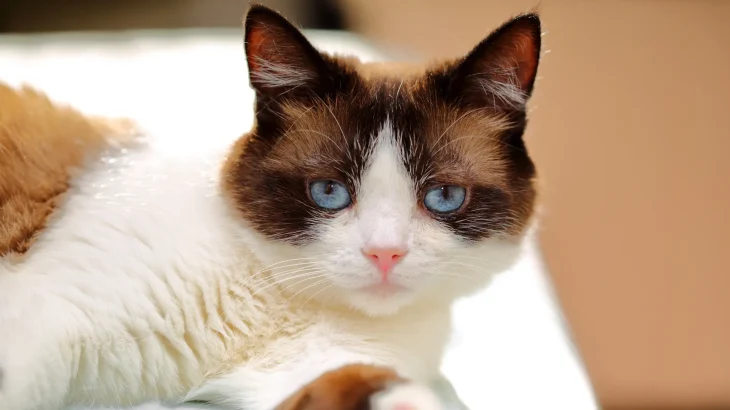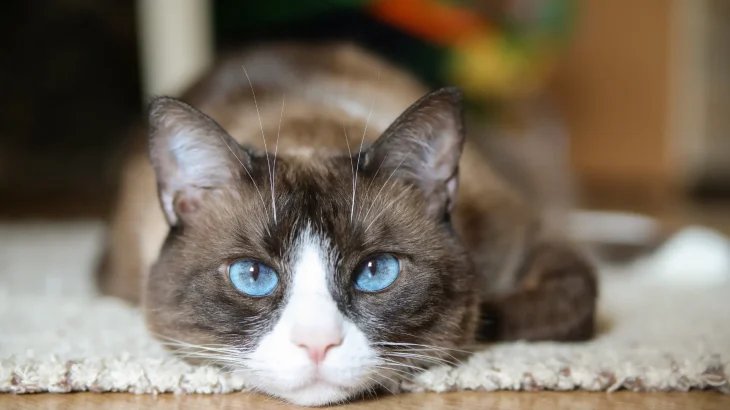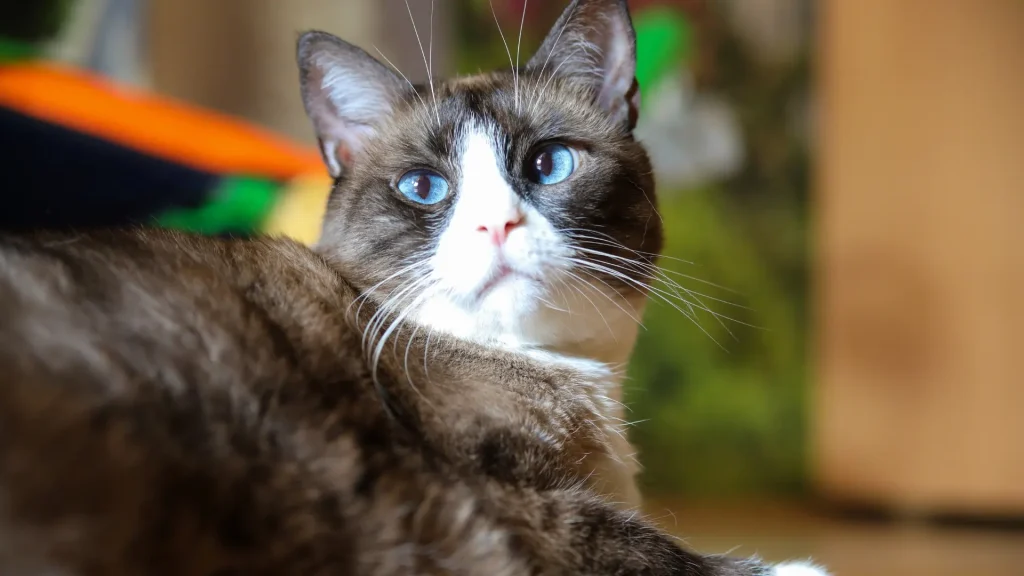Choosing between adopting or purchasing a Snowshoe kitten depends on your priorities like cost, health information, and ethics. Buying from a breeder usually offers more info about the kitten's background, while adopting helps give a home to a cat in need and often costs less.
| Criteria | Buying from Breeder | Adopting from Shelter/Rescue |
|---|---|---|
| Cost | Higher initial cost, often $800 to $2,000. | Lower fees, usually $50 to $200, often including vaccinations and spay/neuter. |
| Health History | Breeders provide detailed health histories and genetic testing. | Health history may be limited; shelters do basic health checks. |
| Age Availability | Kittens mostly available young, good for early bonding. | Wide range of ages, including adults and seniors. |
| Temperament Insight | Breeders offer insight based on parent and sibling behavior. | Shelter staff provide behavior reports, but info can be incomplete. |
| Supporting Practices | Supports registered breeding programs with ethical standards. | Supports animal welfare by reducing shelter populations. |
| Ethical Considerations | Important to choose breeders practicing responsible breeding. | Adoption reduces homeless cats and discourages overbreeding. |

